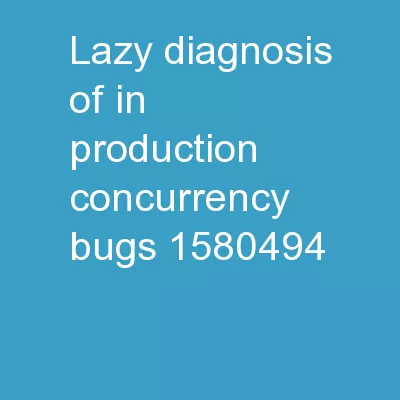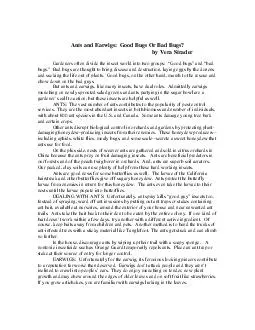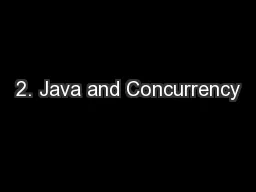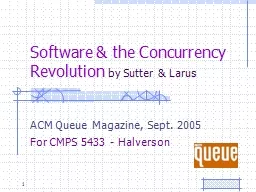PPT-Lazy Diagnosis of In-Production Concurrency Bugs
Author : briana-ranney | Published Date : 2018-11-21
Baris Kasikci Weidong Cui Xinyang Ge Ben Niu Why Does InProduction Bug Diagnosis Matter Potential to fix bugs that impact users Short release cycles make inhouse
Presentation Embed Code
Download Presentation
Download Presentation The PPT/PDF document "Lazy Diagnosis of In-Production Concurr..." is the property of its rightful owner. Permission is granted to download and print the materials on this website for personal, non-commercial use only, and to display it on your personal computer provided you do not modify the materials and that you retain all copyright notices contained in the materials. By downloading content from our website, you accept the terms of this agreement.
Lazy Diagnosis of In-Production Concurrency Bugs: Transcript
Download Rules Of Document
"Lazy Diagnosis of In-Production Concurrency Bugs"The content belongs to its owner. You may download and print it for personal use, without modification, and keep all copyright notices. By downloading, you agree to these terms.
Related Documents














